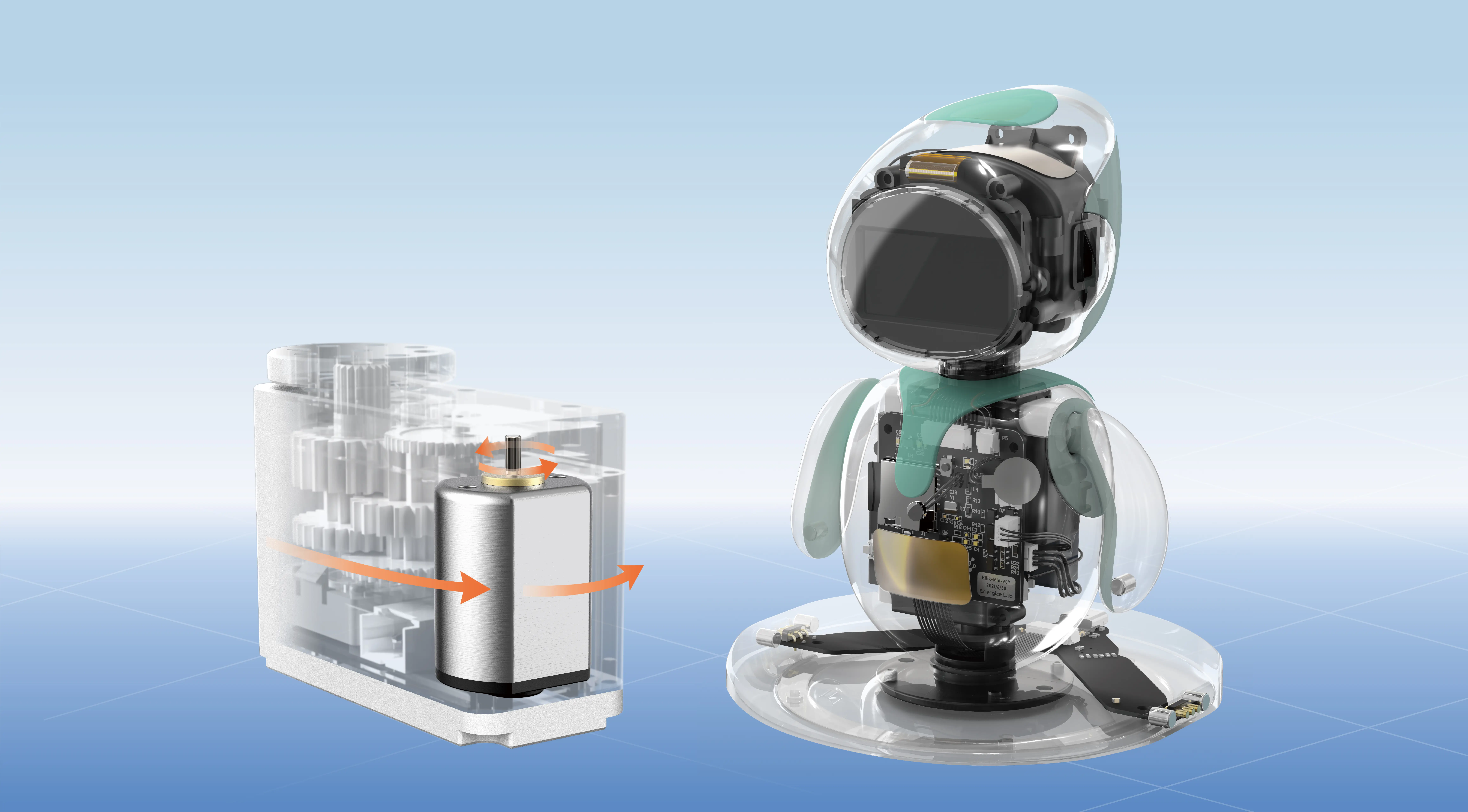Imagine building a system where each part talks smoothly with others, without causing headaches down the line. That's where Go, or Golang, comes into play—it's like the Swiss Army knife for microservices architecture. You’ve probably heard people say "Golang is fast," "Golang is efficient," but let’s dig deeper. Why does everyone seem to swear by it when talking microservices?

First off, speed. In modern microservices setups, latency can be the difference between a happy customer and a frustrated user. Go is compiled, which means you’re not relying on layers of interpretation like with some other languages. Your services run lean and mean, slicing through requests like a hot knife through butter. Think about a payment gateway that needs to process thousands of transactions per second—Golang handles this with impressive agility.
Then there’s concurrency. Ever tried juggling multiple tasks at once? Go makes that a lot easier with goroutines. These lightweight threads let you spin off dozens, even hundreds, of tasks simultaneously—without bloating your system. It’s almost as if Go whispers, “Hey, I got this,” when you're managing multiple microservices scattered across servers.
But what about scalability? You’ve built one microservice to handle user authentication. Pretty straightforward, right? Now imagine hundreds more—each kicking off their own processes, handling millions of requests. With Go, scaling up is less like a mountain and more like stretching a rubber band—it’s flexible, resilient, almost fun. The language’s simplicity lets you write maintainable code, so when your system grows, you’re not tangled in a mess of spaghetti code.
Security is another big plus. Go enforces strict typing and has built-in libraries for cryptography and network security, making it easier to build secure services from the ground up. Plus, its clean syntax reduces bugs. Nobody wants their microservice to be a security hole; no one sleeps well knowing that.
Let’s face it—microservices demand a lot from developers: quick deployment, reliable performance, easy maintenance. Go seems tailor-made for these demands. It’s not just a hype; real-world projects do well with Go because of its low overhead, clean code, and rapid development cycle. Companies are embracing it for their backend systems, streaming platforms, even IoT applications.
Do I think adopting Go for microservices is a no-brainer? Absolutely, if speed, scalability, and maintainability are your priorities. It’s like choosing a turbocharged engine that doesn’t guzzle fuel—efficient, robust, and ready to tackle your biggest challenges.
If you're still on the fence, consider this: busy systems demand a language that doesn't slow down. Go delivers not just on promise but on performance. You can craft microservices that scale effortlessly and stay resilient at scale. That’s the real selling point—building a future-proof architecture without the bloat.
Established in 2005, Kpower has been dedicated to a professional compact motion unit manufacturer, headquartered in Dongguan, Guangdong Province, China. Leveraging innovations in modular drive technology, Kpower integrates high-performance motors, precision reducers, and multi-protocol control systems to provide efficient and customized smart drive system solutions. Kpower has delivered professional drive system solutions to over 500 enterprise clients globally with products covering various fields such as Smart Home Systems, Automatic Electronics, Robotics, Precision Agriculture, Drones, and Industrial Automation.




































